Today I’m going to show you my approach for getting an avoidant ex back after a breakup.
Now, it goes without saying that over the past year I’ve become sort of an expert on the subject. Not only have I written close to fifty articles on the topic but I’ve filmed dozens of videos as well.
And really, I would say that most of our success stories are with the following pairing,
Anxious (client) + Avoidant (ex)
Don’t believe me?
Well, here are two polls I’ve done that sort of prove this point.
Most of our clients are anxious,
While most of their exes are avoidant,
But these words they may be meaningless to you if you don’t have a basic understanding of how attachment theory works and that’s where we should start first.

What Are Your Chances of Getting Your Ex Boyfriend Back?
Take the quizHow Attachment Theory Works In Relationships
So, theoretically attachment theory has more to do with how you were raised in childhood and that still matters a great deal in understanding the “why.” However, what you are really interested in is how attachment theory relates to relationship behavior
It was actually our coach Tyler Ramsey who turned me on to viewing attachment styles with the framing of core wounds.
So, there are four main attachment styles.
- Secure
- Anxious
- Avoidant
- Fearful
But you can really divide those into two categories.
- Secure Attachments
- Insecure Attachments
It’s really the insecure attachments that have the core wounds and if you understand those core wounds you kind of understand the M.O. of the insecure attachment styles.
- Anxious Core Wound: A fear of being abandoned
- Avoidant Core Wound: A fear of losing their independence
- Fearful Core Wound: The worst of both worlds.
But really the pairing is what matters to us. We already know that the most common practice is for an anxious and avoidant to pair up and that’s where my death wheel comes into play.
The Avoidant Death Wheel
The anxious/avoidant death wheel is essentially a timeline of what, from an avoidants perspective, a relationship looks like.
There are eight stages to it,
- The avoidant starts by wanting someone to love them
- They find you and feel like they found that someone
- Then something about your anxious style potentially triggers them
- They start thinking of leaving.
- They actually decide to leave the relationship
- They feel happy that they left the relationship
- They begin to feel lonely
- They wonder why this always happens to them
Now, the reason I point this out is because I’d like to highlight the stage at when an avoidant is most likely to “come back.”

What Are Your Chances of Getting Your Ex Boyfriend Back?
Take the quizThat would be right here,
And this is backed up by research. Avoidant attachment website, Free to Attach, has stated,
Avoidants are free to long for an ex once that person is unavailable out of the relationship, and typically out of contact so they are untouched by actual engagement and their deactivation systems aren’t triggered
And a few sentences later they hit us with this quote,
Liberation from the fear of engulfment finally gives free reign to an avoidant’s latent romanticism.
So, usually only after an avoidant feels like you’ve moved on from them do they give themselves permission to “miss you.”
I did a whole video on it,
Now, just looking at the comments of that specific video is enough to show you how frustrating and draining dating an avoidant can be. I’m not going to sit here and tell you that “getting them back” is going to be a cakewalk either. If you aren’t prepared to be patient then you are probably in for a rude awakening.
So, let’s talk a bit about that now.
Changes To The Value Ladder?
This is the value ladder,
It’s the basic strategy I teach to someone going through a general breakup who wants to “win their ex back.” I thought it would be productive to take a look at it and highlight a few important shifts that need to occur when you are trying to win an avoidant back.
We will first start with the no contact rule.
So, I want you to get out of the habit of looking at the no contact rule as this “missing” strategy. Yes, that can happen sometimes but as a whole, the no contact isn’t going to have that effect on most exes. In fact, to prove this point I did a poll where I asked our clients how often their exes reached out to them.
62% of the participants in that poll said that their exes did not reach out to them during the no contact rule. So, that assumption that the no contact rule will make your ex reach out to you? Ya, well research is proving that isn’t exactly true.
Instead, I think it’s far more productive to use your time away from your ex to work on shifting your anxious attachment style to a more secure one.
Really, when it comes to everything you are going to do that should be your goal.
You see, people with a secure attachment have a type of magnetism to them. A sort of gravity that pulls the other attachments close.
I call it “Secure Attachment Gravity.”
The Secure Attachment Gravity Goal
Each relationship we enter is a little like mixing two chemicals together. From an attachment style perspective a battle unfolds.
Take a look at this graphic,

What Are Your Chances of Getting Your Ex Boyfriend Back?
Take the quizSince we learn attachment styles from other people an interesting thing unfolds.
Any insecure attachment that gets into a relationship with a “secure one” causes a type of battle to unfold and whoever wins this battle wins the “dominant attachment” pairing.
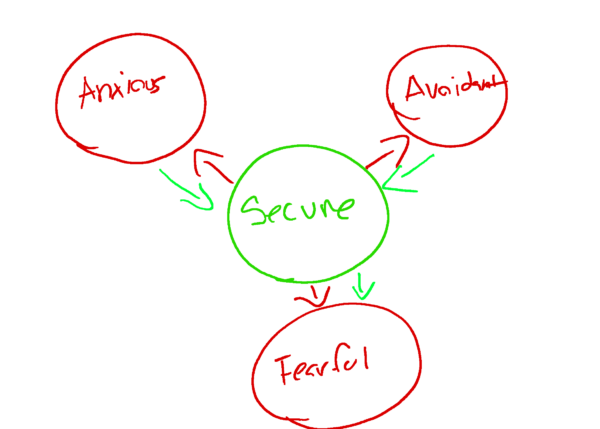
Your secure tendencies will go to war with their avoidant tendencies until one of two things happen.
- Your secure attachment style wears off on them and they slowly to mimic your own style
- Your secure attachment breaks down and you start to exhibit more insecure behaviors
Now, going through a no contact rule in my mind isn’t a function of making an ex miss you at all. It’s about identifying your attachment shortcomings and working on them so that you are more secure.
How do you do that?
Well, the best piece of advice I have for you there is to simply be comfortable and confident with yourself and really the only thing that’s ever worked for me is by finding a purpose in life and dedicating myself to it.
That’s where I’d start.
Of course, there’s one other thing I’d recommend.
When They Pull Back You Pull Back
A major shift you’ll probably have to make in this area of the value ladder,
Most people when they start climbing the ladder are eager to get to the top but this creates a certain problem. If you’ll recall, an avoidants core wound is that they fear losing their own independence and sometimes if you push too hard climbing the ladder you can trigger them.
And yes, I’ve done extensive research on that as well,
So, what’s the fix?
Well, the rule of thumb that’s always worked for our clients is that when you feel your ex pulling back, you pull back as well.
Remember, avoidants get caught up in the nostalgia of things but that doesn’t necessarily mean they get caught up in the actual romance. They’d much rather prefer a relationship where they didn’t have to put forth a lot of commitment. So, ideally they like their “fawning” time apart.
If you don’t give them that “fawning” time they can get overwhelmed. That’s why, for avoidants specifically, you need to be extra patient. If you start to sense they are pulling away, give them time. Which, if you are indeed an anxious individual, it will seemingly go against your programing.
But it’s what works.
Just ask Heather, one of our clients who got her fearful avoidant ex back,

What Are Your Chances of Getting Your Ex Boyfriend Back?
Take the quizTo quote from my interview with her,
I started to do the real texting phase, so to speak, the way that it’s meant to be done and doing the push and pull, and I was able to do it properly this time.
That push pull she’s talking about.
That’s the concept I’m talking about here, just defined a bit differently.
When your ex begins to pull away, you pull away. Give them time to romanticize you. Of course, that’s where it really helps to have a purpose greater than your ex. Without that then you’ll probably find the patience part of this extremely difficult.
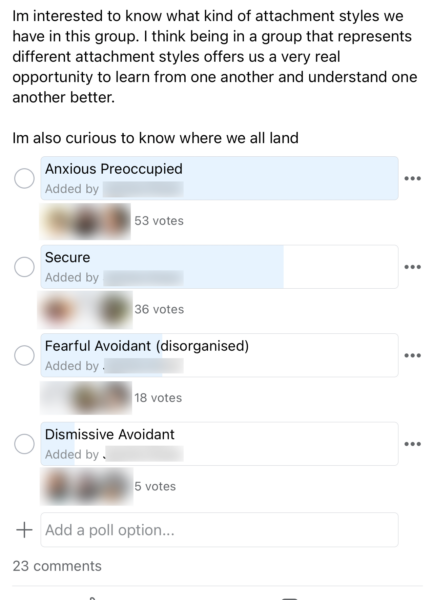
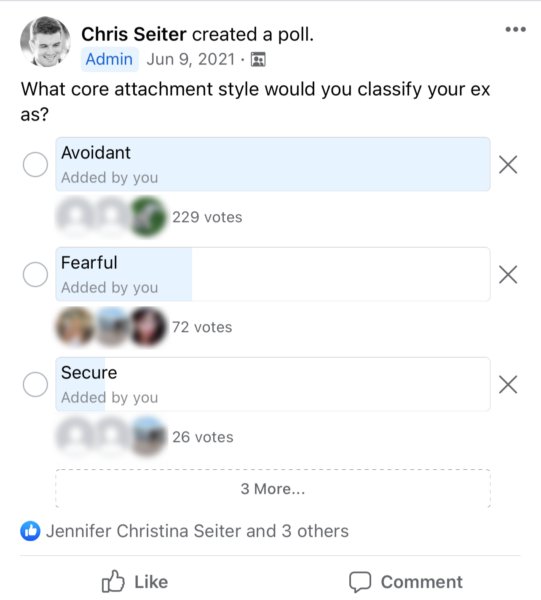
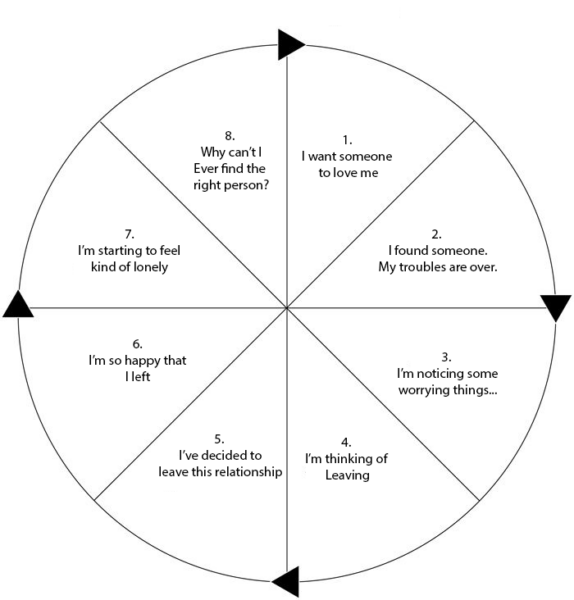
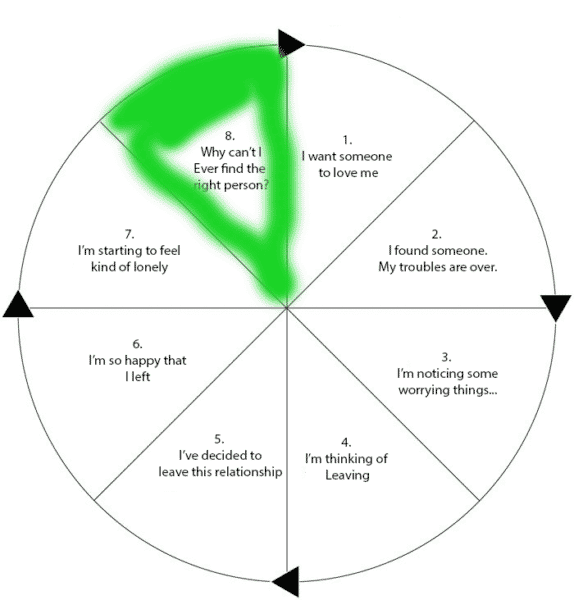
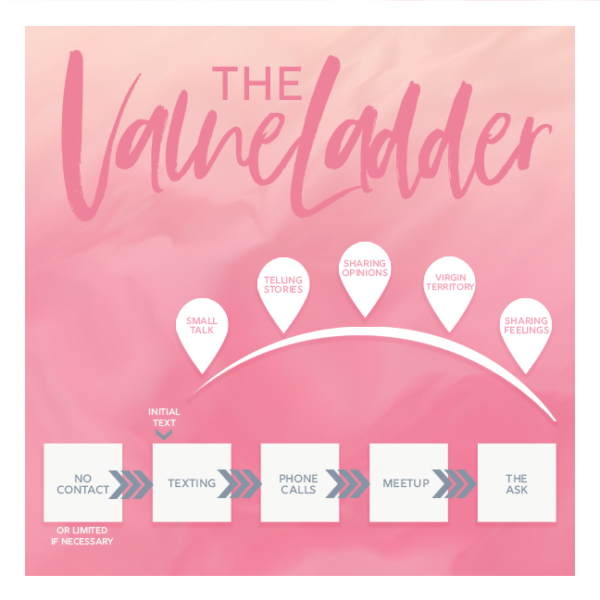
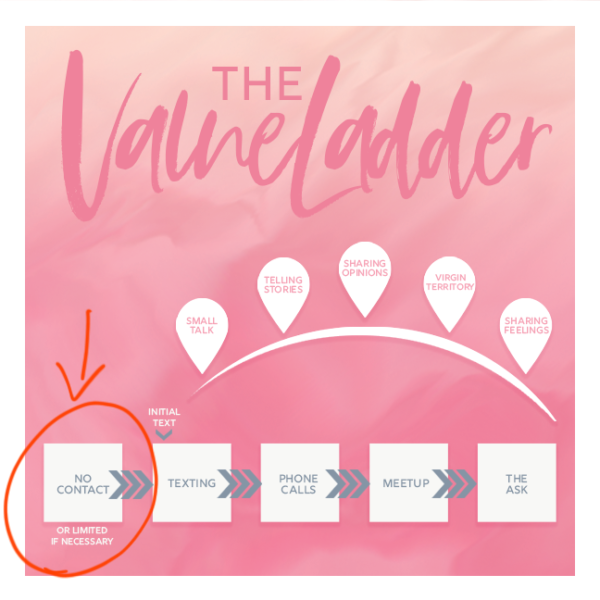
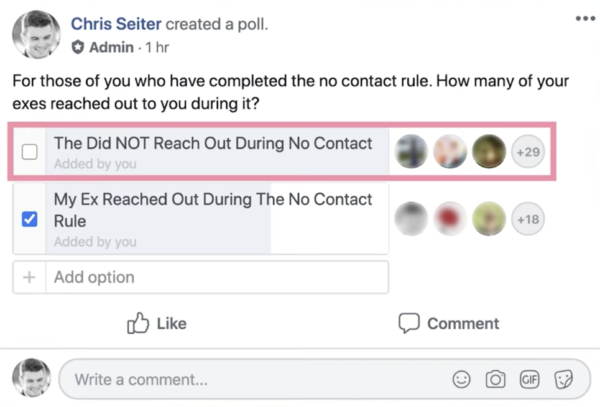
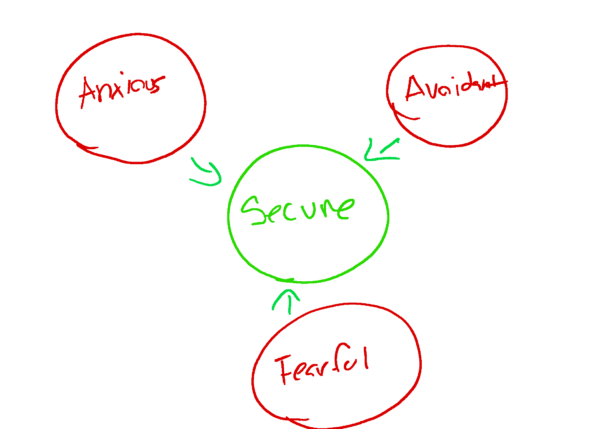
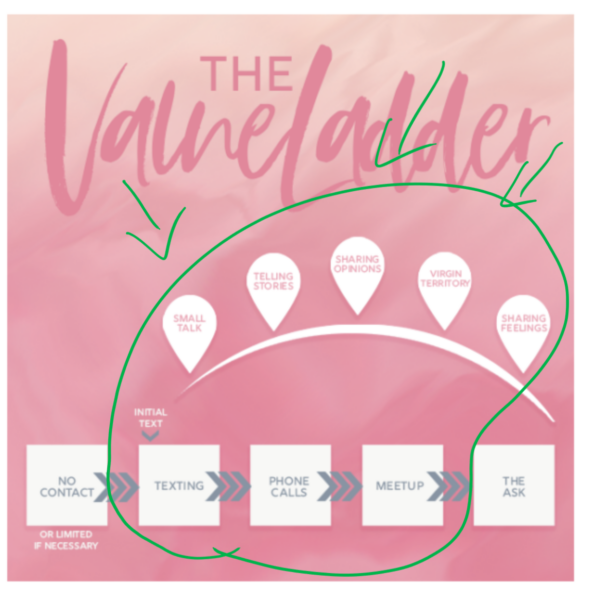
Craig
November 21, 2022 at 12:09 am
I met someone who i believe is an Anxious Avoidant, they did tick all of my boxes, for someone to have a relationship with. We have a great two months, chemistry and connection and at least 60% of many shared interests and values. They did open up to me about a few things from their past, that are i these blogs. I expressed my feelings and interest in them, and they ran away saying they are busy and need to sort a few things out with their son, work and make their world smaller. I am trying to give them the space they need. I messed up in some ways, as i did not understand the attachment aspects at the time, and my Anxious aspects and fear of losing them got in the way, but now am moving more into the secure. I will reach out every four to five days and do get responses back, sometimes straight away, sometimes the next day and i am working on the space and becoming more secure. They are hot and cold, on occasions and i need to implement the No Contact rule for 30 to 45 days. In the meantime, i am focusing on finding social safety and security in my other friendships, working on my health with excercise and diet and also studying and reading a lot to understand myself and them better. Making the misery of this experience optional is the key and knowing it will all work out for the better in the long run, if i do not put any labels onto the relationship and focus more on the present rather than the future as this is something they did really well.
Olia
October 6, 2022 at 6:34 pm
I understood that they are very complicated people as I am more on anxiety part. I broke up with fearful-avoidant (I believe he is this kind of person) because he was not ready for committed relationship.
It is hard for me to believe that he may change his mind about willing to commit just because he will miss me… but I am not interested in getting him back for relationship without commit, this kind of connection will be extremely difficult for me…